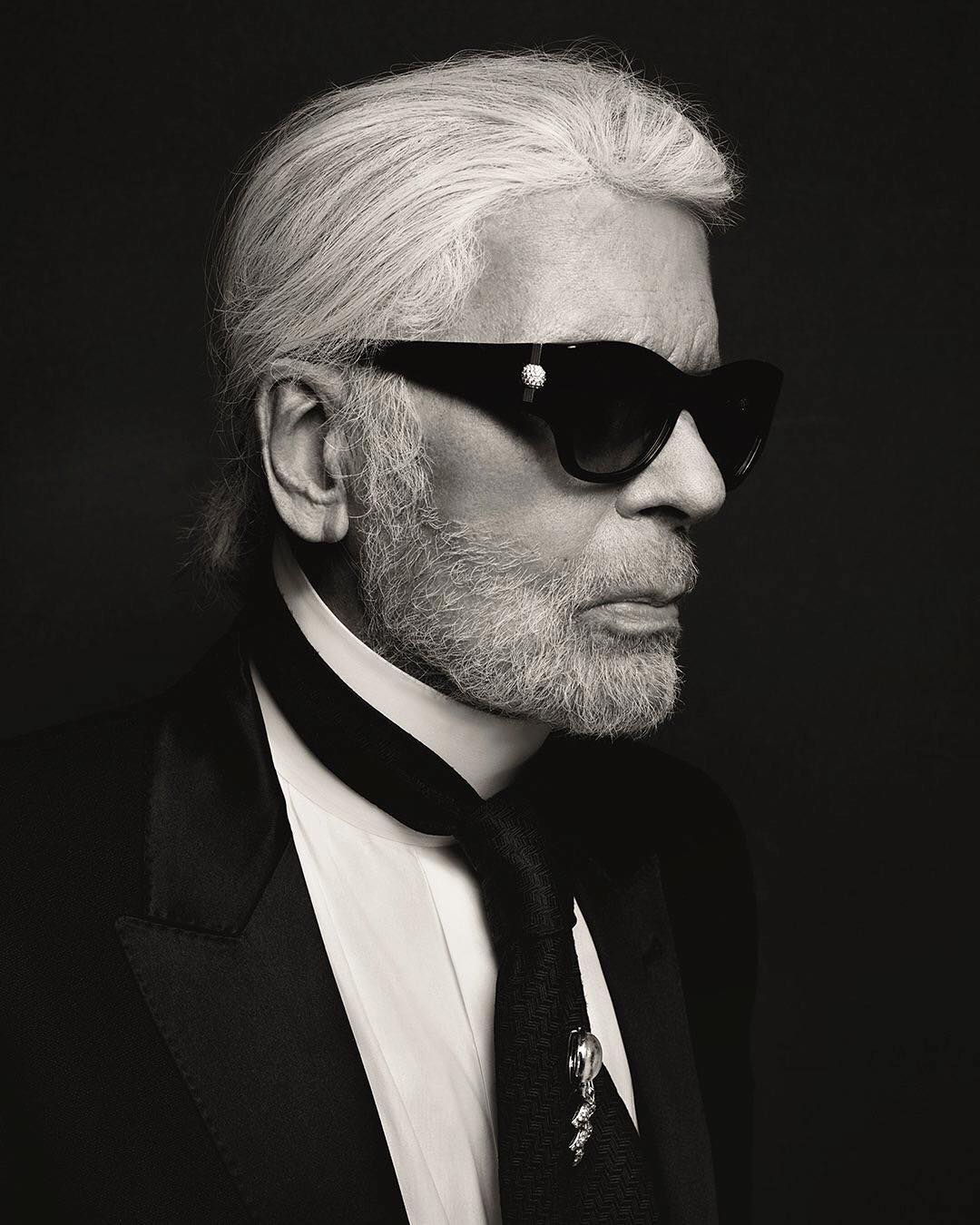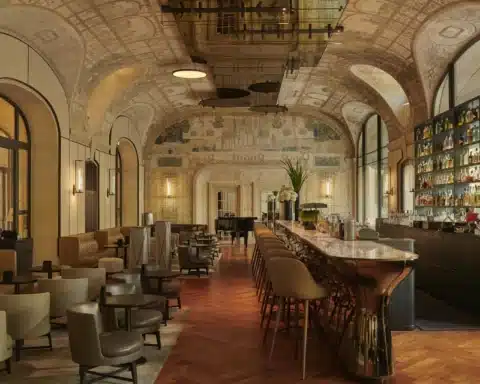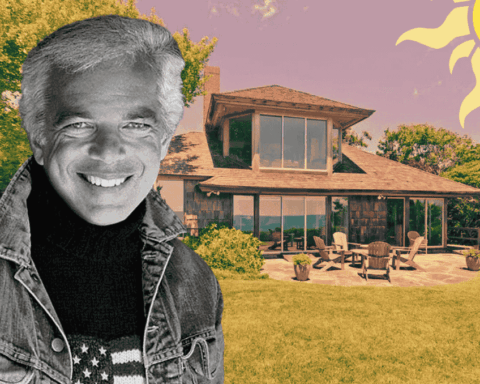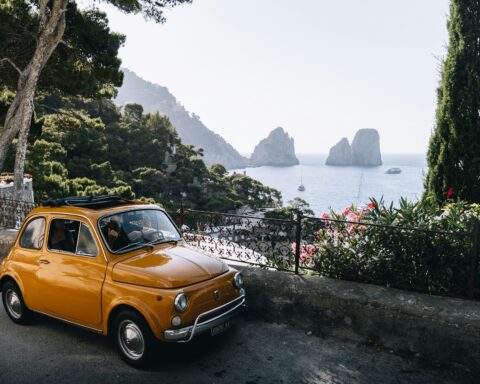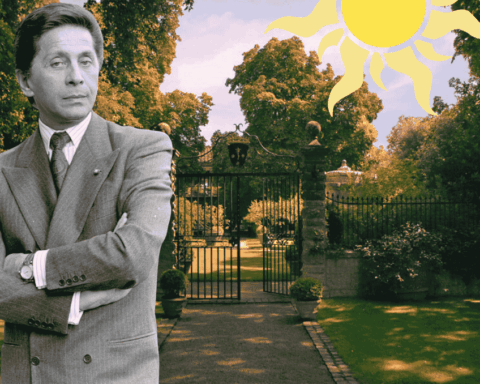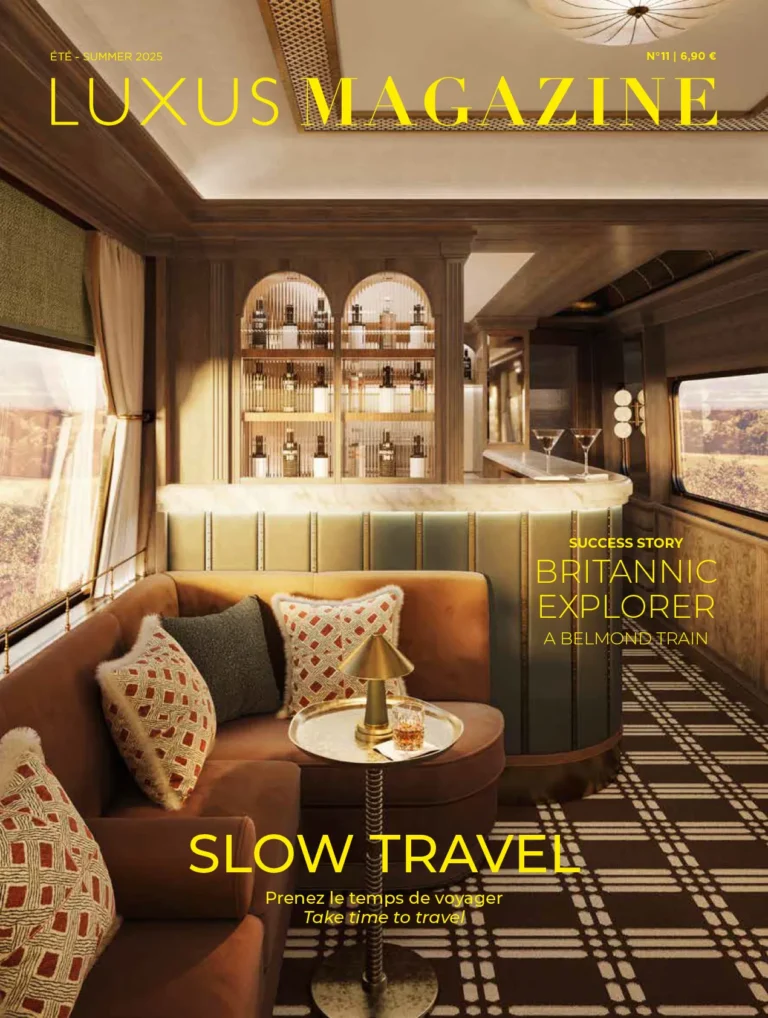On July 1st, 2025, the Paris Chamber of Notaries will host a sale unlike any other. On that day, an exceptional property steeped in history, nestled in Louveciennes in the Yvelines, will go under the hammer. More than just a piece of real estate, it is the former home of fashion designer Karl Lagerfeld, transformed according to the rigorous aesthetic codes and minimalist standards of the man nicknamed the “Kaiser of fashion.”
UPDATE: Originally scheduled for June 17, 2025, the Paris Chamber of Notaries has decided to postpone the sale of Karl Lagerfeld’s Villa Louveciennes until July 1, “in order to allow a larger number of interested buyers to express their interest.”
A unique refuge on the outskirts of Paris
Located just 20 kilometers from the French capital, this sumptuous mansion, known as the Pavillon de Voisins, was acquired by Karl Lagerfeld in 2010, who turned it into his “Villa Louveciennes.” This neoclassical bourgeois residence, built in the 19th century, offers approximately 600 square meters of living space. It is set in the heart of a two-hectare landscaped estate. Formerly the residence of the poet Leconte de Lisle and then of a branch of the Rothschild family, the villa is steeped in nobility. But it was Karl Lagerfeld who, with his eye for interior design and aesthetics, truly gave it a style all its own.
Even though he only spent one night there—in the pool house, according to the notaries in charge of the sale, Jérôme Cauro and Arno Felber of Arias Notaires—the Kaiser of fashion (Chanel, Chloé, Fendi, KL) used this house as a place for reflection, creation, and entertaining. A true extension of his mind, it is marked by a taste for clarity, symmetry, and sophisticated simplicity.
A residence designed as a work of art
Inside, the lavishly appointed interiors reflect the couturier’s aesthetic ambition. Far from ostentatious, the style is rigorous, balanced, and timeless. The technical installations have been completely renovated and moved to the outbuildings to ensure absolute peace and quiet in the main house. A lift has been discreetly installed.
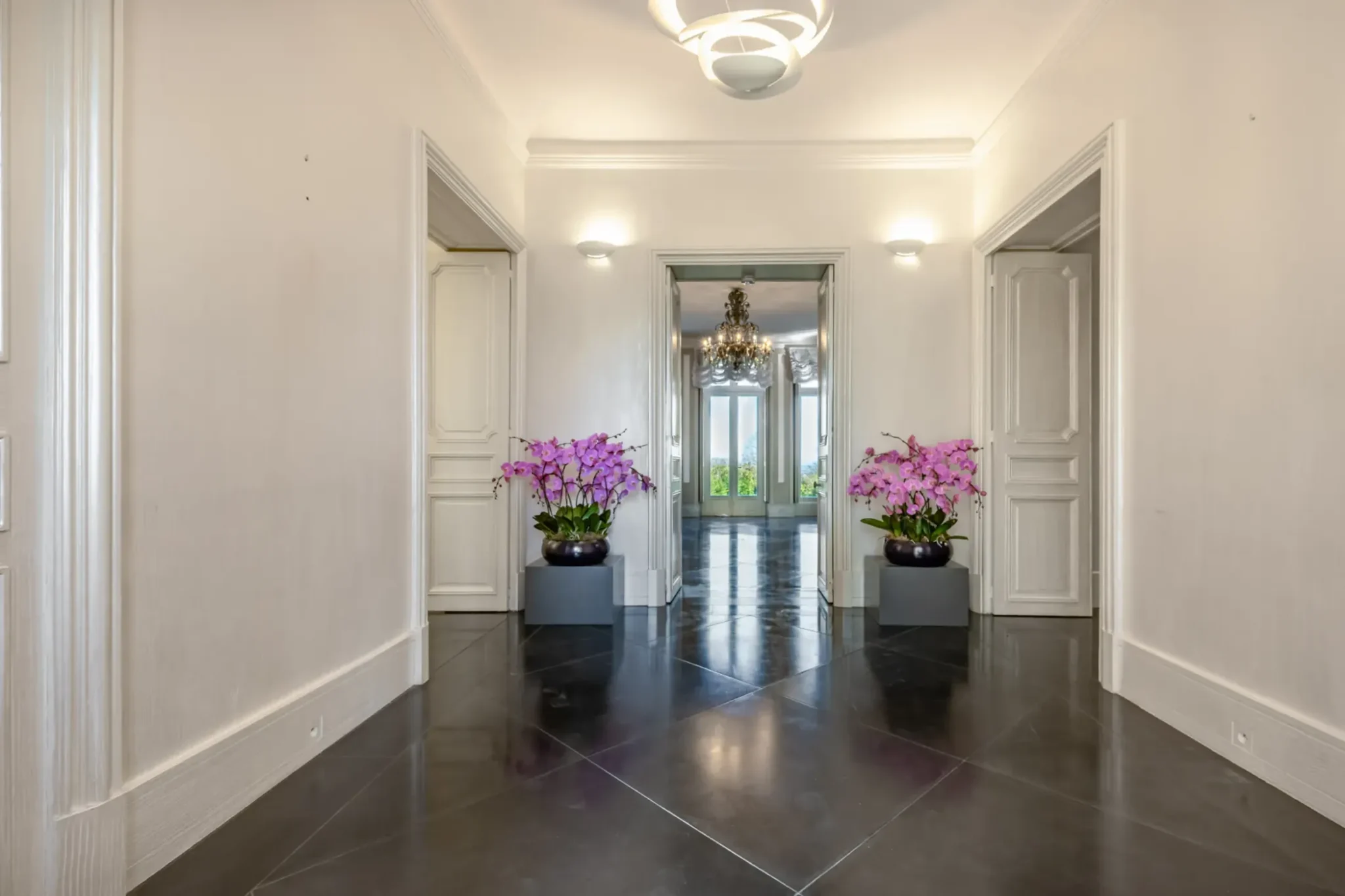
In the days of the fashion polymath, visitors were greeted by a pair of caryatids mounted as lamps in the antique style, while an Art Deco rug designed by Louis Süe and André Mare covered the floor. The tone is set on the ground floor, where three adjoining living rooms bathed in natural light open onto the park. In one of them, the man with the mullet and dark glasses had installed furniture designed by interior designer Bruno Paul, a German creator from the early 20th century. One of the most touching spaces is a bedroom reconstructed to look like Lagerfeld’s childhood bedroom, with its leopard wallpaper and Louis XVI period bed. It was in this room that the work that sparked his love for the Age of Enlightenment and the Baroque period was housed: a painting depicting Frederick the Great receiving Voltaire at Sanssouci Palace. It is a poetic way of bringing memory and creation together in the same place.
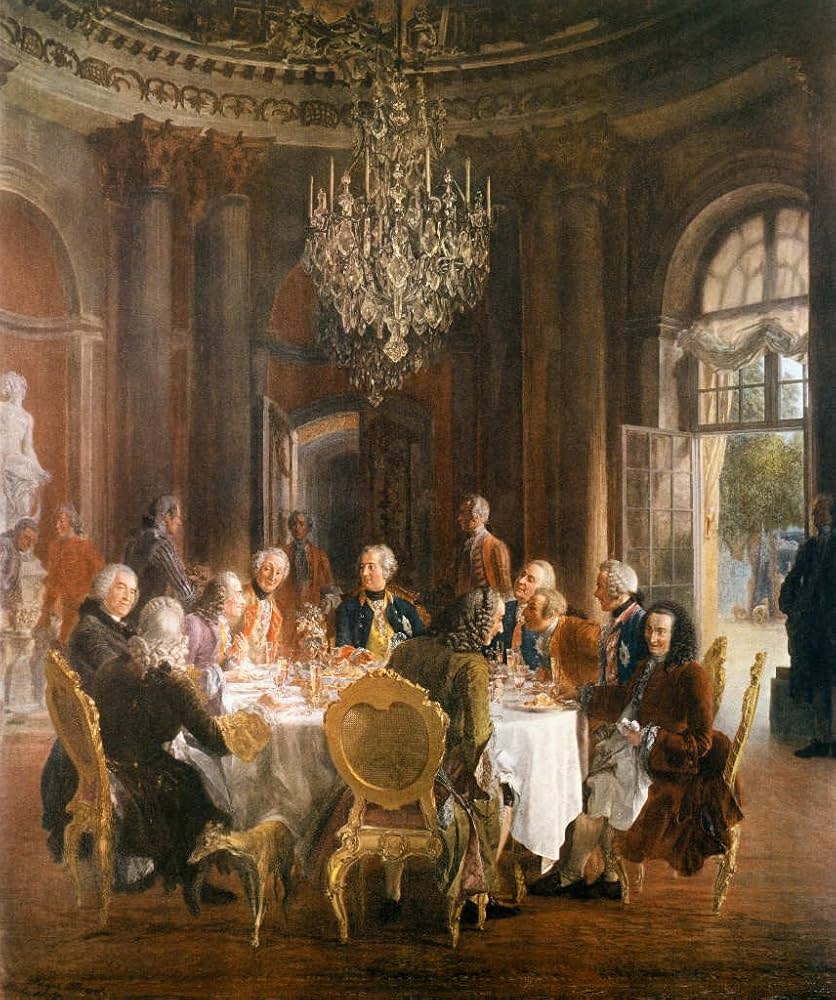
On the first floor, we discover the former couturier’s workshop, his office and, in the past, his shelves stacked with books and several smaller rooms. Also on the same floor, one of the bedrooms housed the complete collection of La Pléiade on one of its walls. The atmosphere is subdued, almost monastic. Controlled lighting, minimalist furniture, studious silence: everything seems designed to encourage inspiration and concentration.
The top floor is more domestic. It has five bedrooms, several bathrooms, storage space, and an area dedicated to Choupette, Karl Lagerfeld’s famous Burmese cat, who was both his muse and faithful companion.
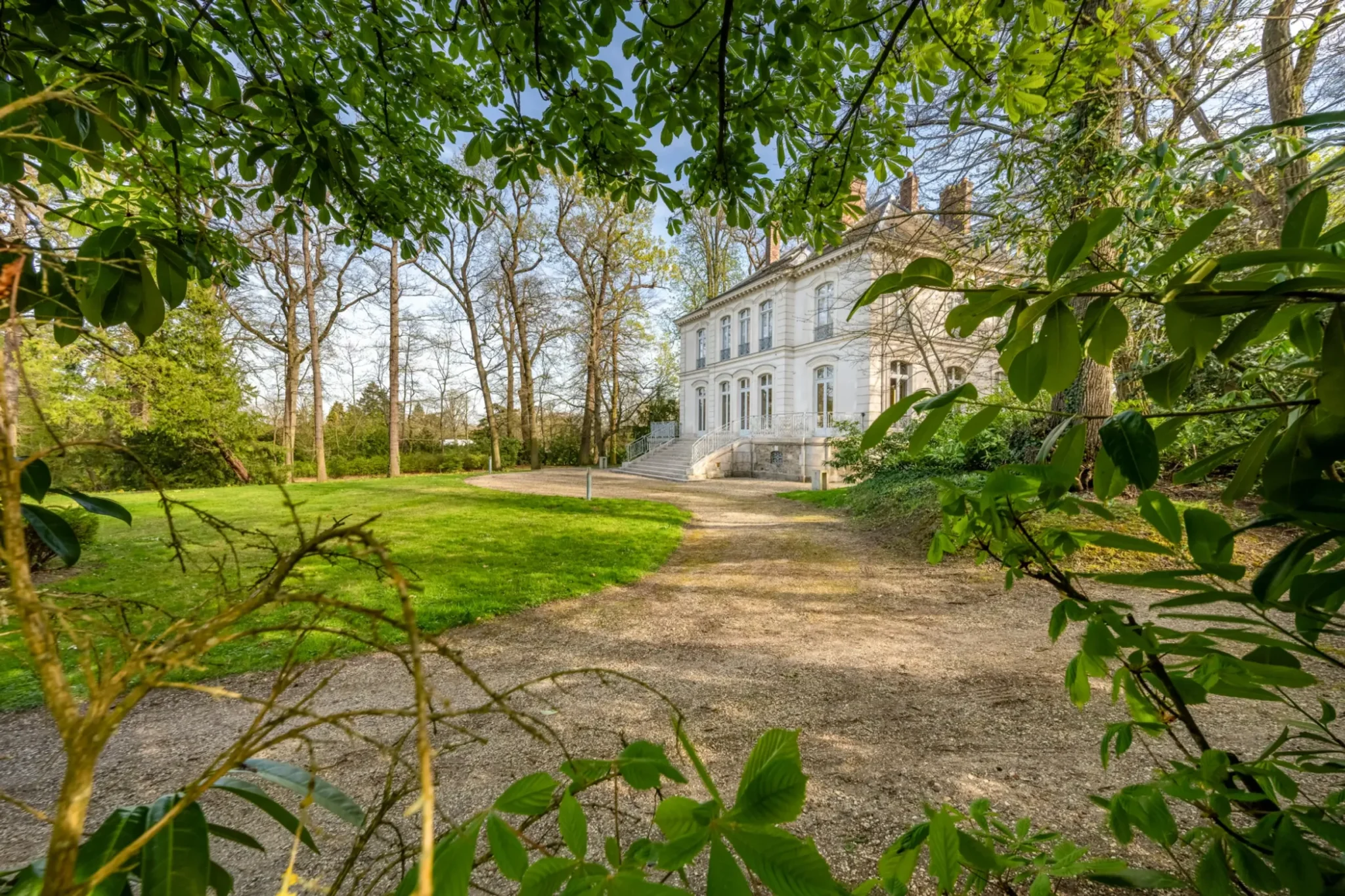
A park that reflects its owner
Outside, the garden follows the same theme, combining geometric precision with romantic vegetation. The paths are laid out with military precision and the vegetation is meticulously maintained. There is a tennis court, an elegant swimming pool, a large pool house and an outbuilding converted into a library. The latter housed some of the 20,000 books in the designer’s personal library.
This architectural ensemble, rare in its aesthetic unity and quality of execution, perfectly reflects Lagerfeld’s world: a “lived-in” place in the strongest sense of the term, even though he spent little time there. He had turned it into a laboratory of ideas, a mental studio, a life-size projection of his taste for clean lines and scholarly culture.
A starting price in line with its prestige
The house is now being offered at auction with a starting price of €4.635 million. The sale will take place according to the traditional notarial procedure known as “à la bougie”, an ancient process where the end of the auction is signaled by the extinguishing of two successive candles.
This real estate event is one of a series of posthumous sales linked to Karl Lagerfeld’s estate. In 2024, the designer’s apartment at 17 quai Voltaire in Paris was sold for €10 million, almost double its starting price. Along with the villa in Louveciennes, this is undoubtedly the final chapter in a process of heritage transfer—unless other treasures resurface.
A rare opportunity for collectors and lovers of the art of living
Beyond the financial aspect, this sale is an invitation to enter the world of a creator. The future buyer will not simply become the owner of a property, but the custodian of a unique cultural heritage. The house still bears the traces of one of the greatest designers of the 20th century. Its walls, furnishings, and garden embody a lifestyle, a worldview, and a way of living in silence and beauty.
Practical information:
- Notarized auction
- Date: June 17, 2025
- Location: Paris Chamber of Notaries
- Property: Karl Lagerfeld’s property in Louveciennes (Yvelines)
- Living space: Approximately 600 m²
- Park: 2 hectares
- Starting price: €4.635 million
Read also > [Luxus Magazine] What will become of Karl Lagerfeld’s legacy?
Featured photo: © Karl Lagerfeld




